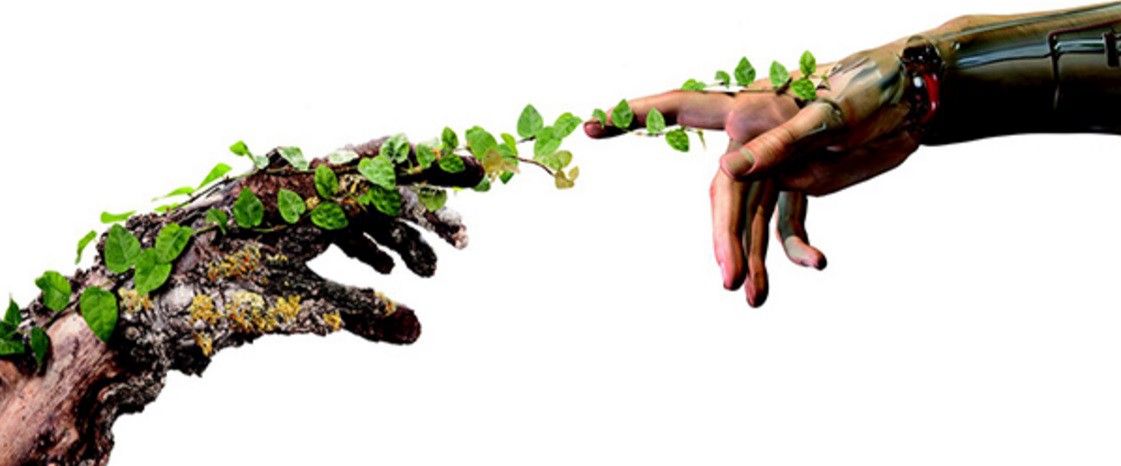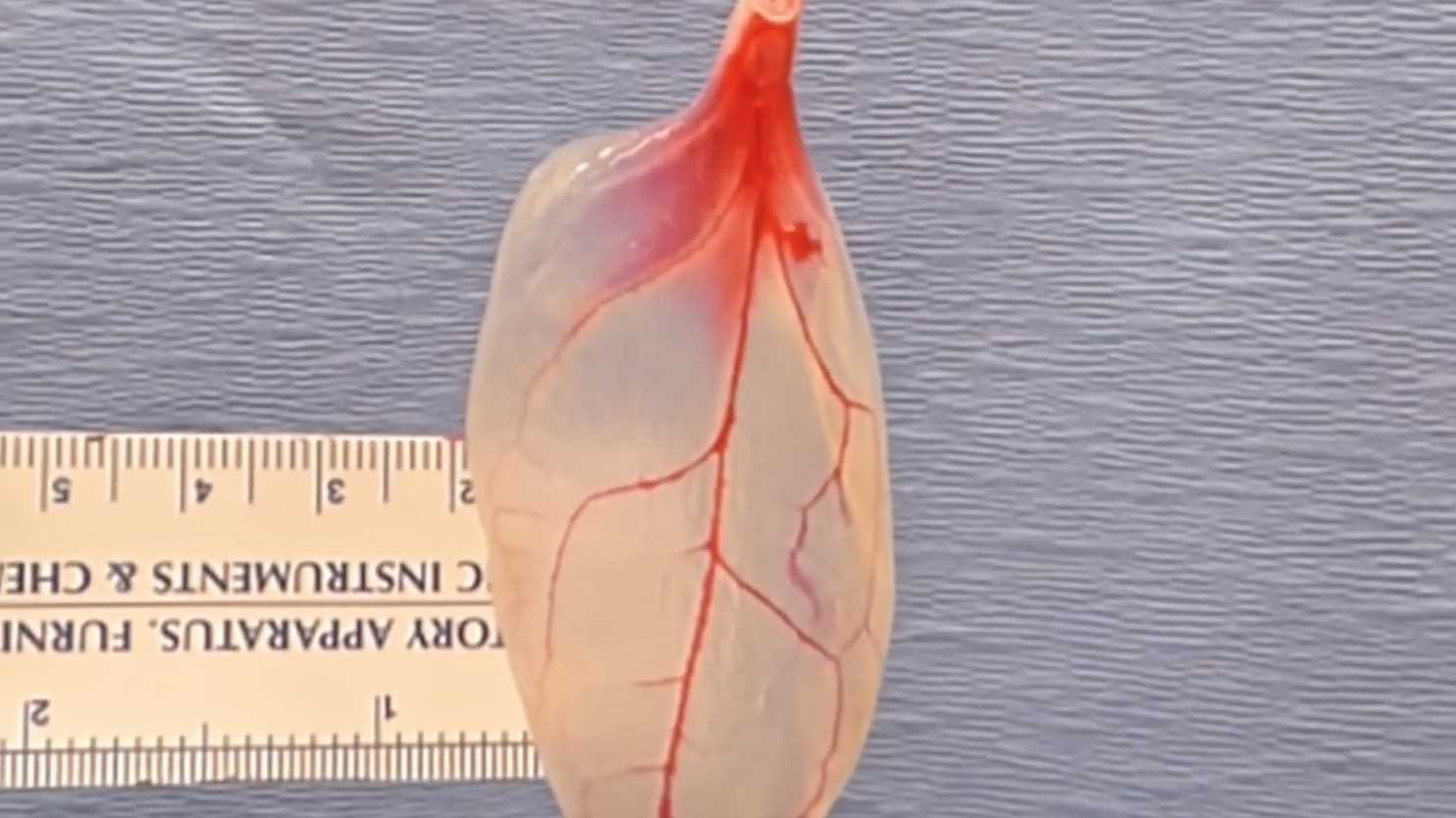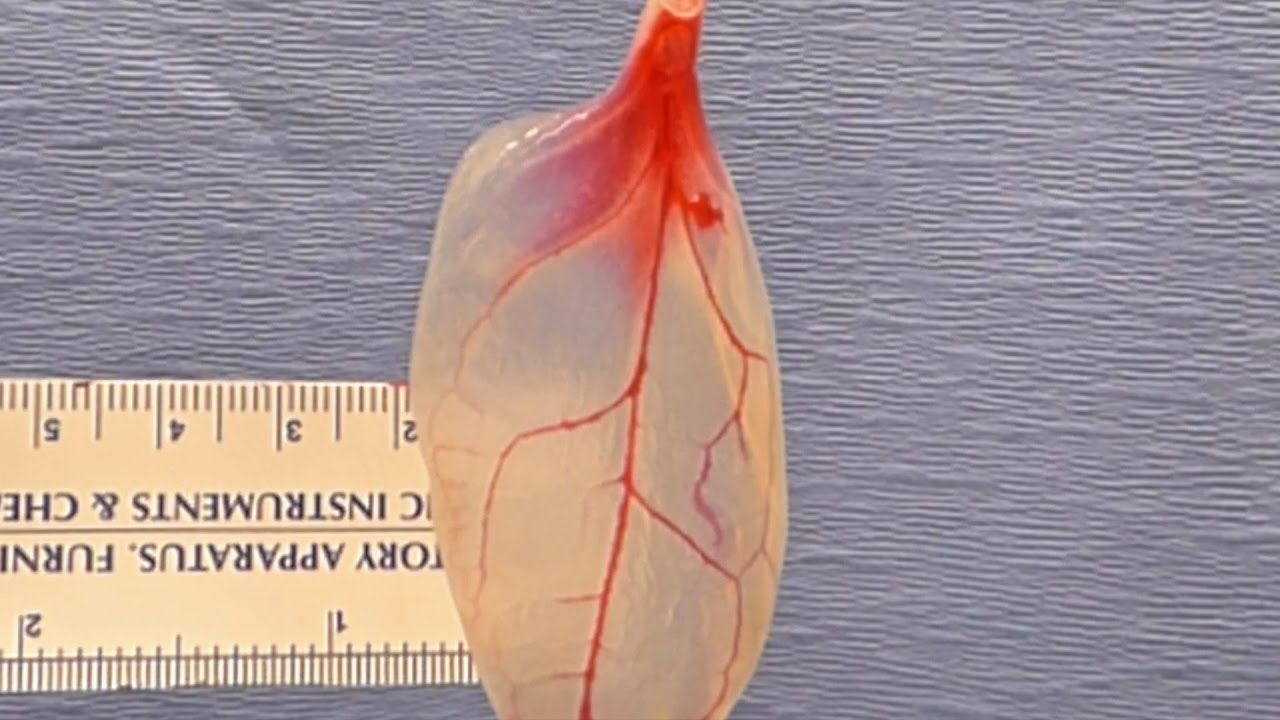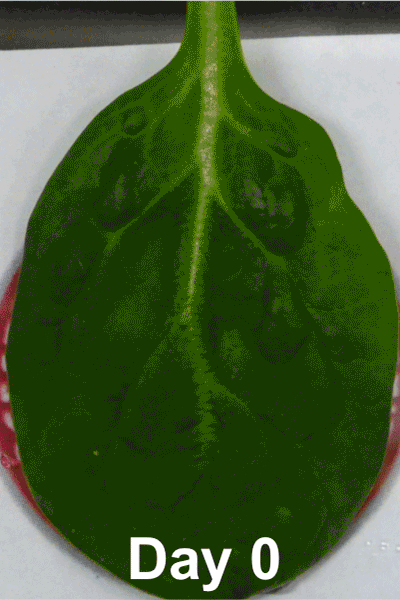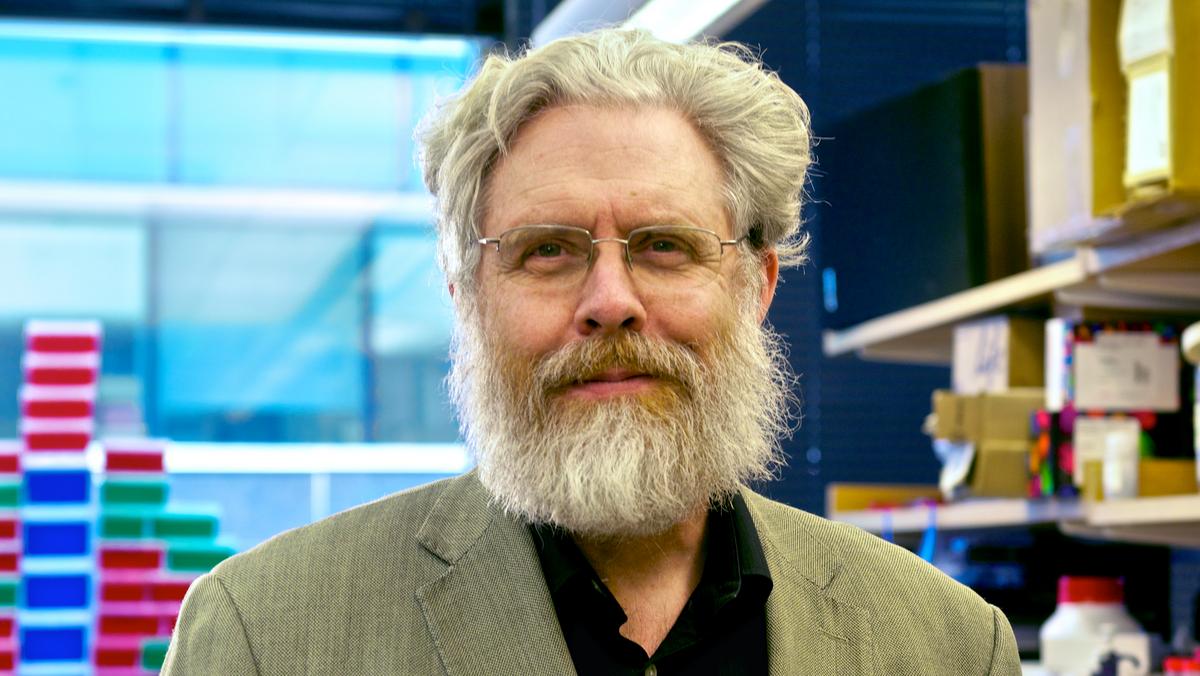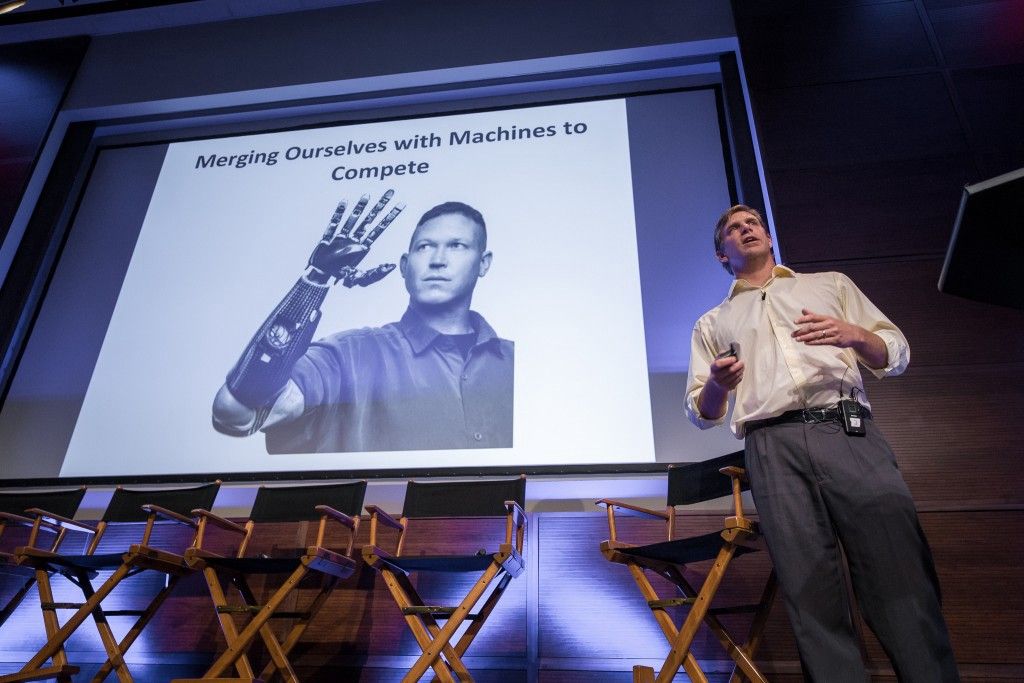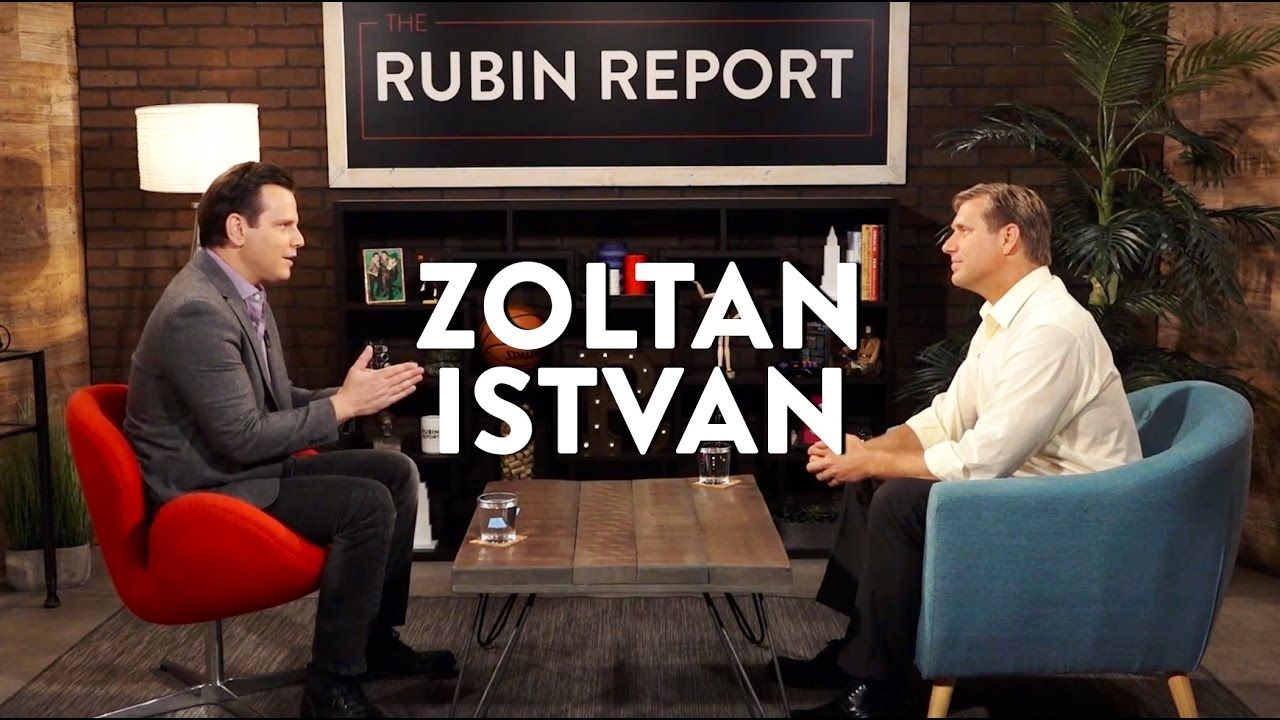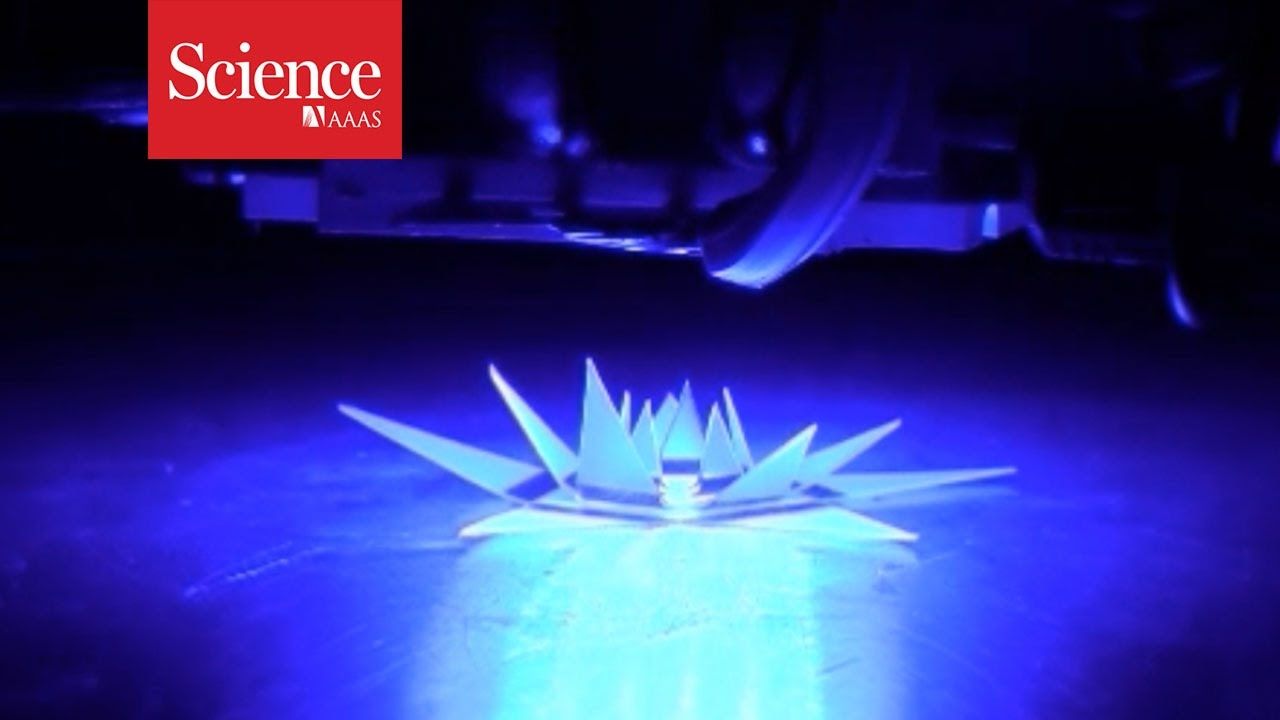Bowles says. “We’re not changing what is in your genetic code. We’re altering what is expressed. Normally, cells do this themselves, but we are taking engineering control over these cells to tell them what to turn on and turn off.”
Now that researchers know they can do this, doctors will be able to modify the genes via an injection directly to the affected area and delay the degeneration of tissue. In the case of back pain, a patient may get a discectomy to remove part of a herniated disc to relieve the pain, but tissue near the spinal cord may continue to breakdown, leading to future pain. This method could stave off additional surgeries by stopping the tissue damage.
So far, the team has developed a virus that can deliver the gene therapy and has filed a patent on the system. They hope to proceed to human trials after collecting initial data, but Bowles believes it could be about 10 years before this method is used in patients.
Summary: Researchers use CRISPR to modulate genes in order to reduce tissue damage and inflammation for people with neck and back pain.
Source: University of Utah.
For millions of sufferers, there is nothing more debilitating than chronic back or joint pain. It can feel like a lifetime of misery.
But researchers led by University of Utah bioengineering assistant professor Robby Bowles have discovered a way to curb chronic pain by modulating genes that reduce tissue- and cell-damaging inflammation.
Read more
